15 Times Vinegar Isn’t the Right Cleaner for the Job
Vinegar. It’s the darling of the DIY cleaning world, the hero of eco-friendly blogs, and the supposed solution to every household mess known to humanity.
The green cleaning market reached an impressive $37.56 billion in 2024 and is projected to expand further, reaching approximately $158.26 billion by 2034. It seems like everyone is swapping their chemical sprays for this acidic kitchen staple.
And look, I get it. It’s cheap, it’s “natural,” and it makes you feel like a responsible adult. But what if I told you that your trusty bottle of vinegar is a low-key agent of chaos? That while you’re happily spritzing away, you’re secretly causing thousands of dollars in damage.
So, before you douse another surface in acidic wrath, let’s talk about the 15 times you need to put the vinegar bottle down and slowly back away. Your wallet and your home will thank you.
Natural Stone Countertops: An Expensive Mistake
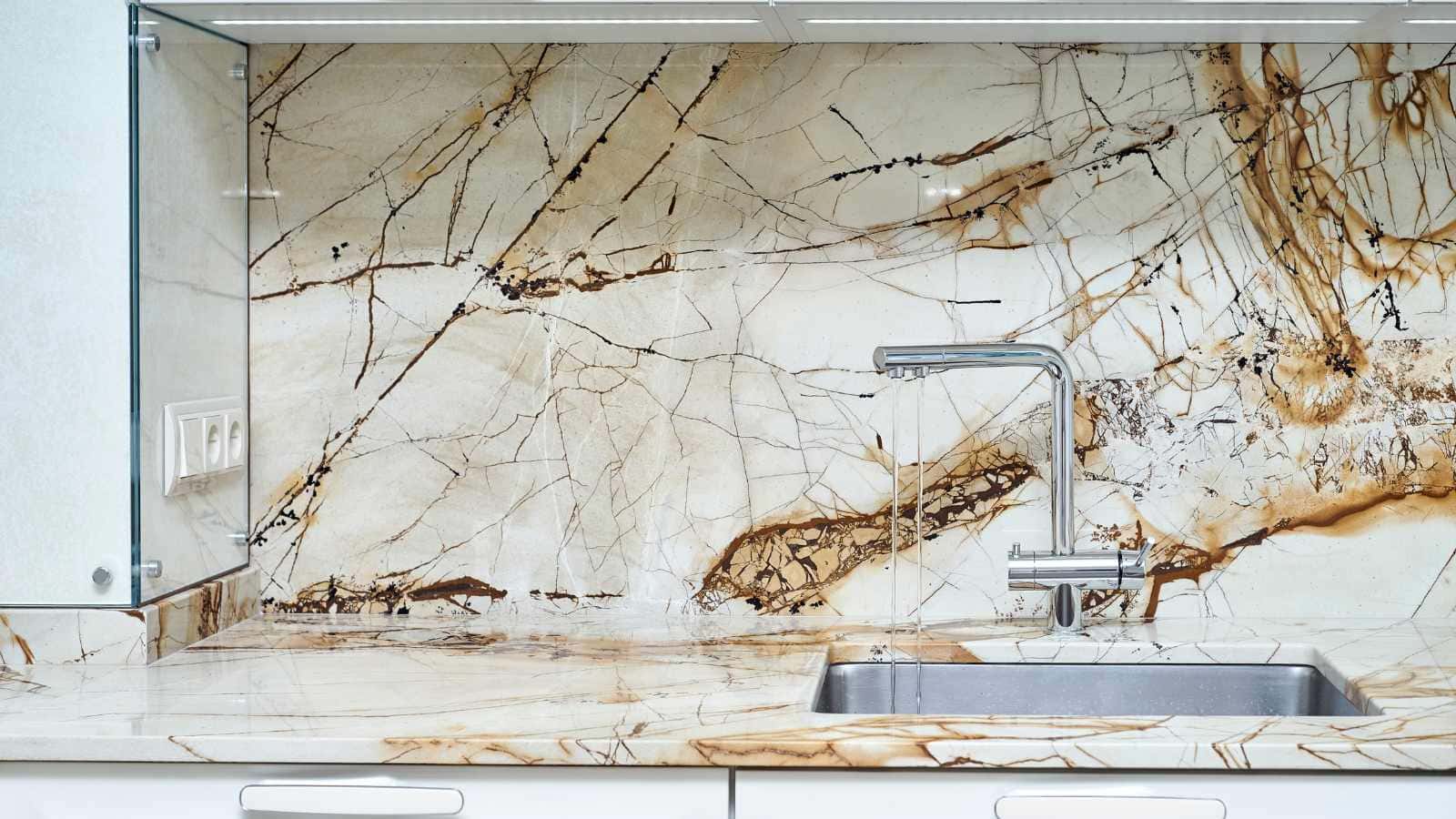
If you have marble, granite, limestone, or travertine countertops, please, for the love of all that is shiny, keep vinegar far away from them.
These beautiful surfaces are made of calcareous stone, which means they have a high calcium carbonate content. And what does acid do to calcium carbonate? It dissolves it.
This chemical reaction is called etching. It leaves behind dull, cloudy spots that look like watermarks you can never wipe away.
According to the Natural Stone Institute, using acidic cleaners like vinegar causes permanent damage that requires professional restoration. Suddenly, that “budget-friendly” cleaner doesn’t seem so cheap.
Hardwood Floors: Say Goodbye to Your Warranty
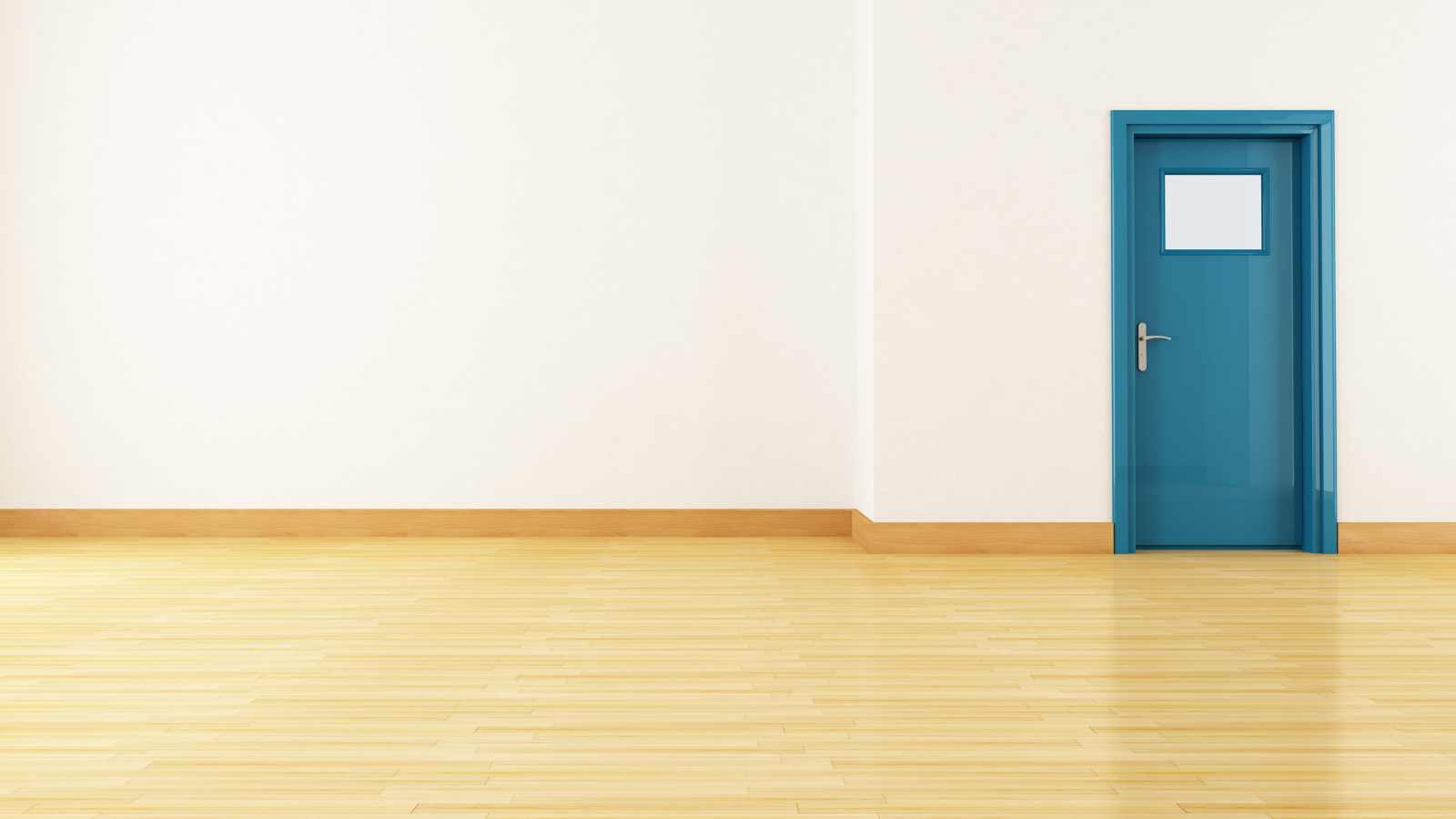
This one hurts my soul. People love to recommend a vinegar-and-water solution for mopping hardwood floors, but it’s a terrible idea. The acid in vinegar is strong enough to dissolve the protective finish on your floors, leaving them looking dull, scratched, and cloudy.
Don’t just take my word for it. In fact, many companies will void your warranty if they find any evidence that you’ve used vinegar to clean your floors.
Think about it: professional hardwood refinishing costs between $3 and $8 per square foot. That’s a steep price to pay for a cleaning shortcut that doesn’t even work that well.
Electronic Screens: That’s Not a Glow-Up

Your smartphone, tablet, laptop, and TV screens all have a special oleophobic coating. This fancy term refers to a thin, oil-repellent layer that resists fingerprints and keeps the surface feeling smooth.
Unfortunately, vinegar eats this coating for breakfast, damaging the screen and potentially making touchscreens less responsive. Degrading the very thing that protects your expensive tech is the last thing you want to do.
Washing Machines & Dishwashers: The Rubber Ruiner
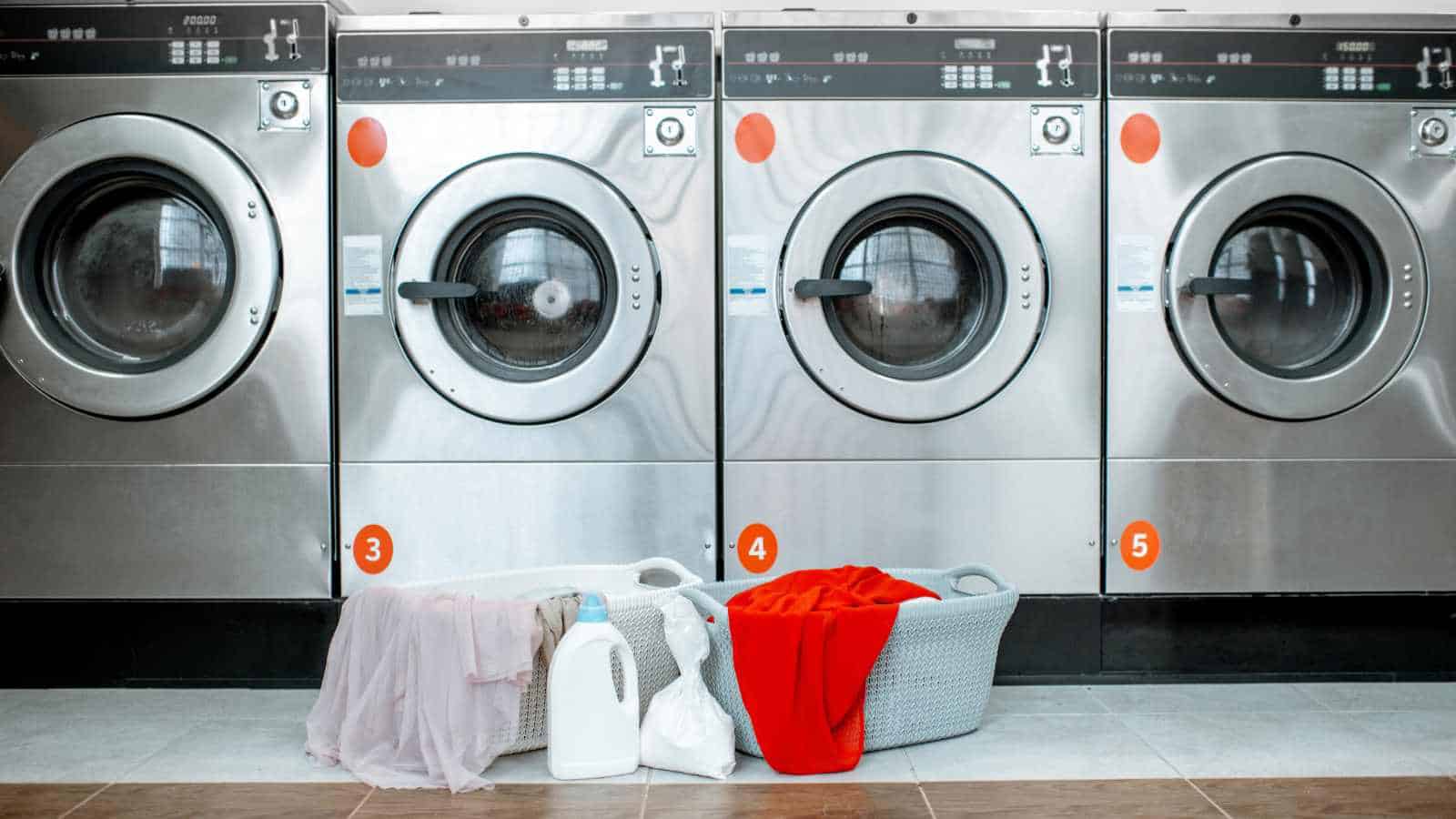
You’ve probably seen a “life hack” suggesting you run a cup of vinegar through your washing machine or dishwasher to clean it. Please don’t. While it might sound like a good idea, the acid is incredibly corrosive to the rubber components inside your appliances.
So, it’s all risk and no reward. Stick to the manufacturer-recommended cleaning tablets instead.
Tile Grout: Creating a Crumbly Mess
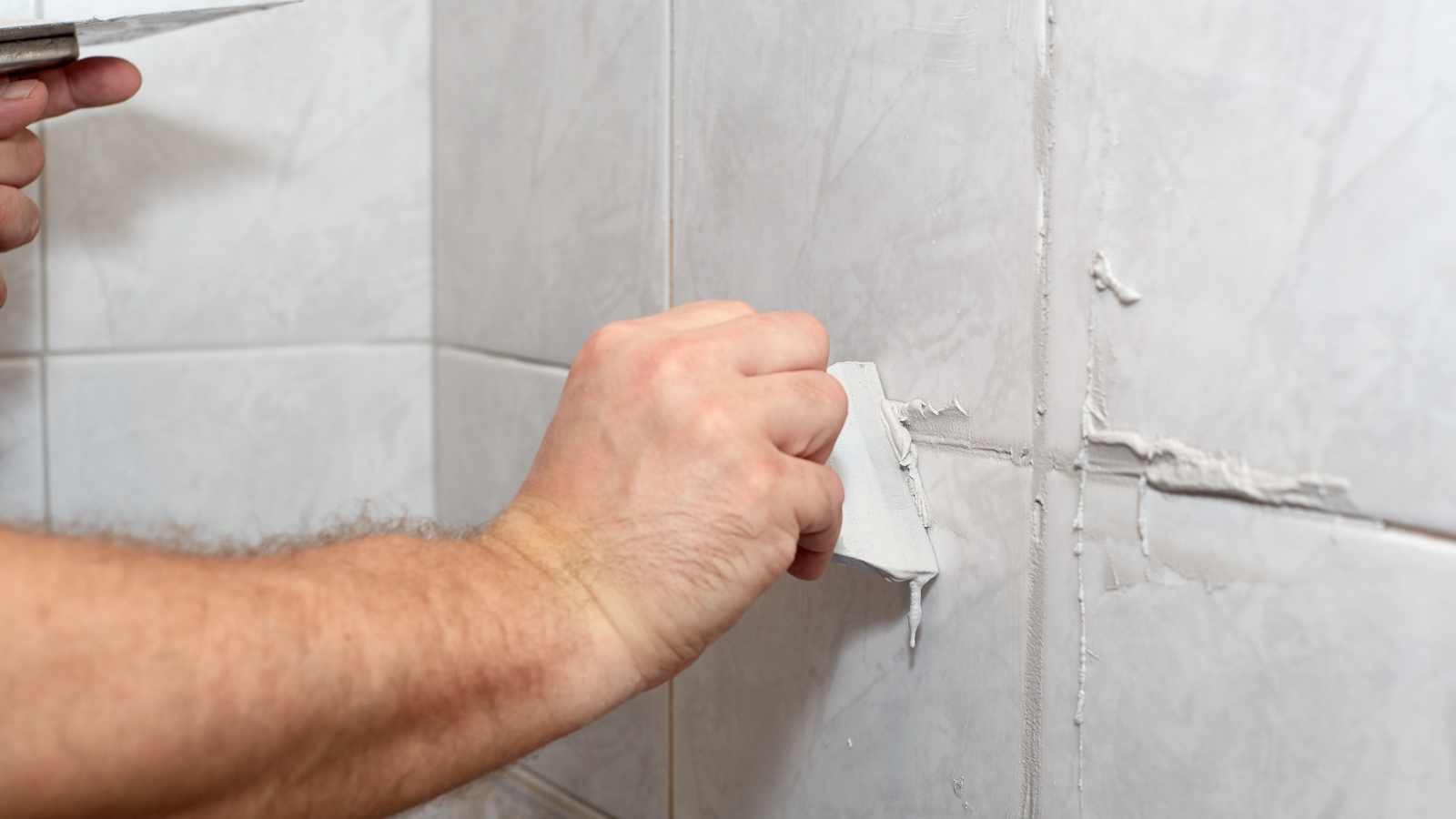
Using vinegar to scrub grout is another popular tip that can lead to unexpected results. Grout is porous, and when you apply vinegar, the acid seeps into all the tiny air pockets, according to Grout Magnificent.
Over time, it corrodes the grout from the inside out, weakening it until it becomes brittle and starts to crumble. This is especially bad for unsealed grout, where the acid can penetrate deep enough to loosen tiles and allow moisture to seep into the subfloor.
It’s just not worth the risk.
Cast Iron Cookware: Stripping Your Seasoning
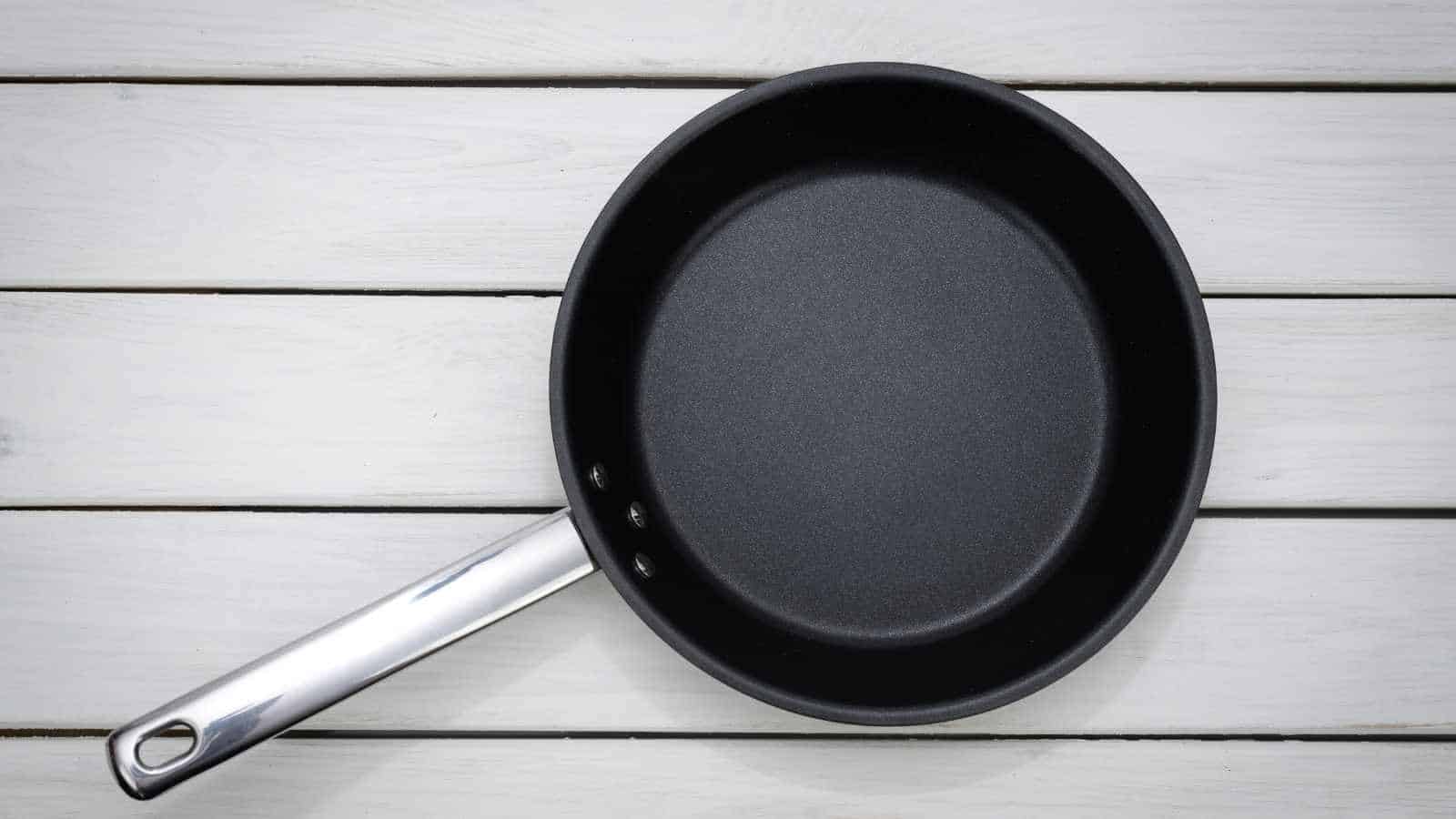
If you own a cast-iron pan, you know that the “seasoning” is a sacred, hard-earned layer of polymerized oil that creates a natural non-stick surface. Soaking your pan in vinegar is one of the fastest ways to destroy years of that precious seasoning.
While a quick wipe with a diluted solution to remove rust is one thing, extended contact is disastrous. The pan can become pitted and feel “soft,” making it unable to hold a season ever again. Please, treat your cast iron with the respect it deserves.
Kitchen Knives: Dulling Your Edge
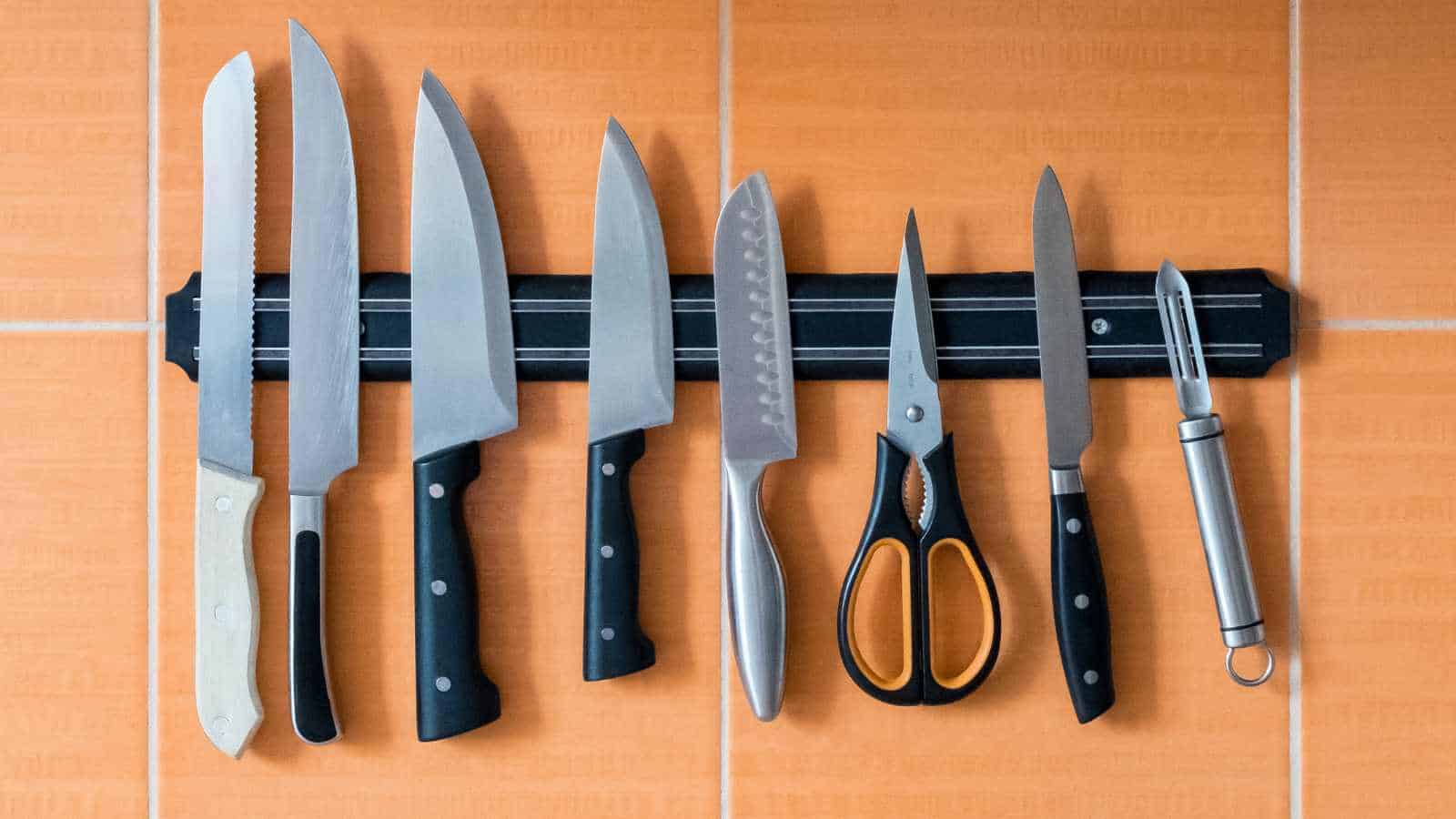
The sharp, exposed metal edges of your kitchen knives are vulnerable to acid. Vinegar pits and degrades the blades, leaving them dull and corroded, as highlighted by Science Direct.
The damage is even worse for high-carbon steel knives, which can rust almost instantly upon contact with vinegar. It’s also terrible for knives with wooden handles, as the acid can damage the wood.
The best way to clean your knives has always been the simplest: warm water and a little dish soap.
Stainless Steel Appliances: A Streaky Situation
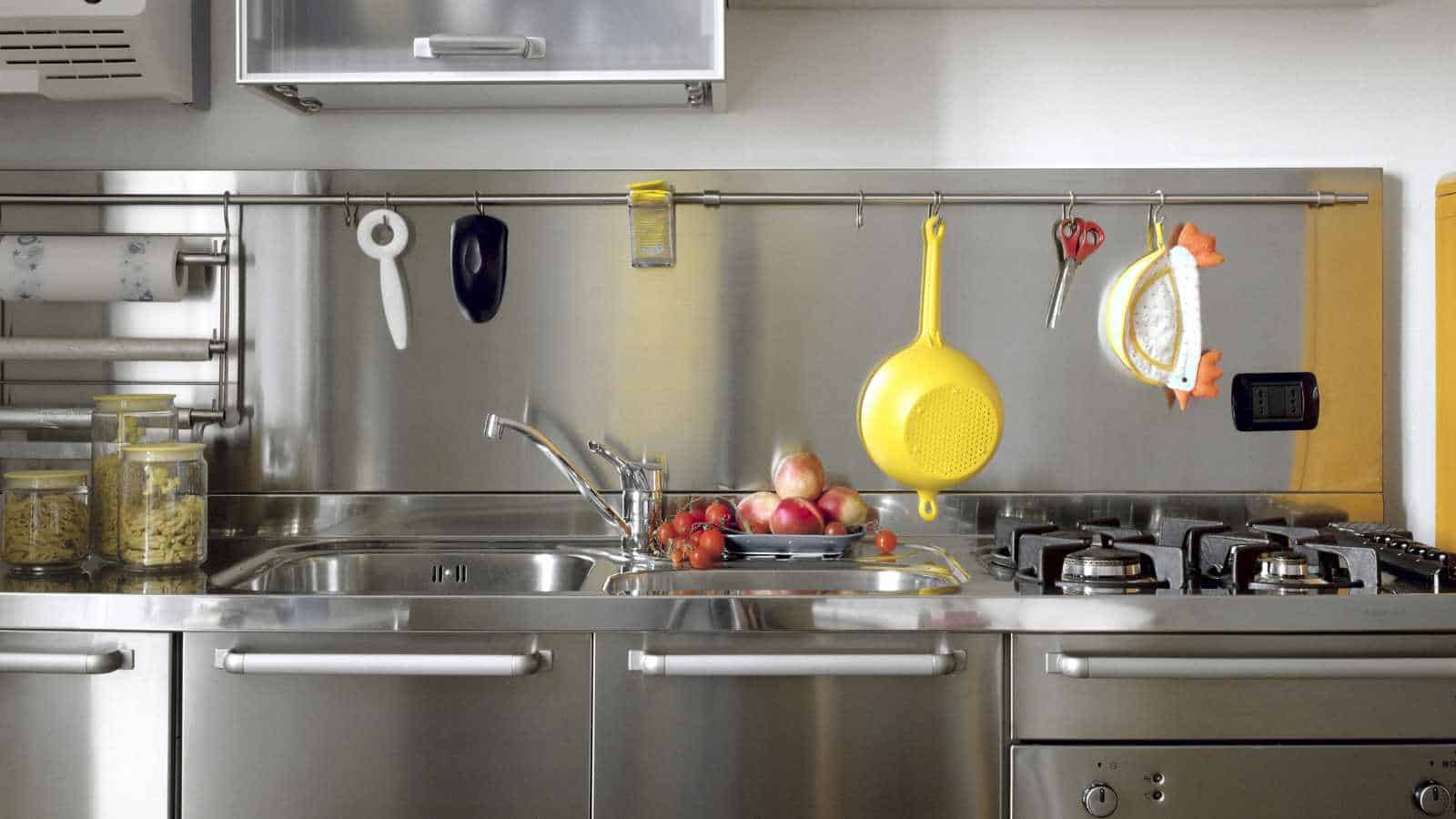
Wait, isn’t vinegar supposed to be great for stainless steel? Not always. It turns out there are many different grades of stainless steel, and the lower-quality ones used in some small appliances are less resistant to rust and corrosion, which can be triggered by acid.
Even on high-quality stainless steel, vinegar can be problematic. If left on for too long or not rinsed properly, it can leave behind streaks, discoloration, and even permanent marks.
A much safer and more effective option is a dedicated stainless steel cleaner or simply warm water with a drop of dish soap on a microfiber cloth.
An Egg-splosion of Goop
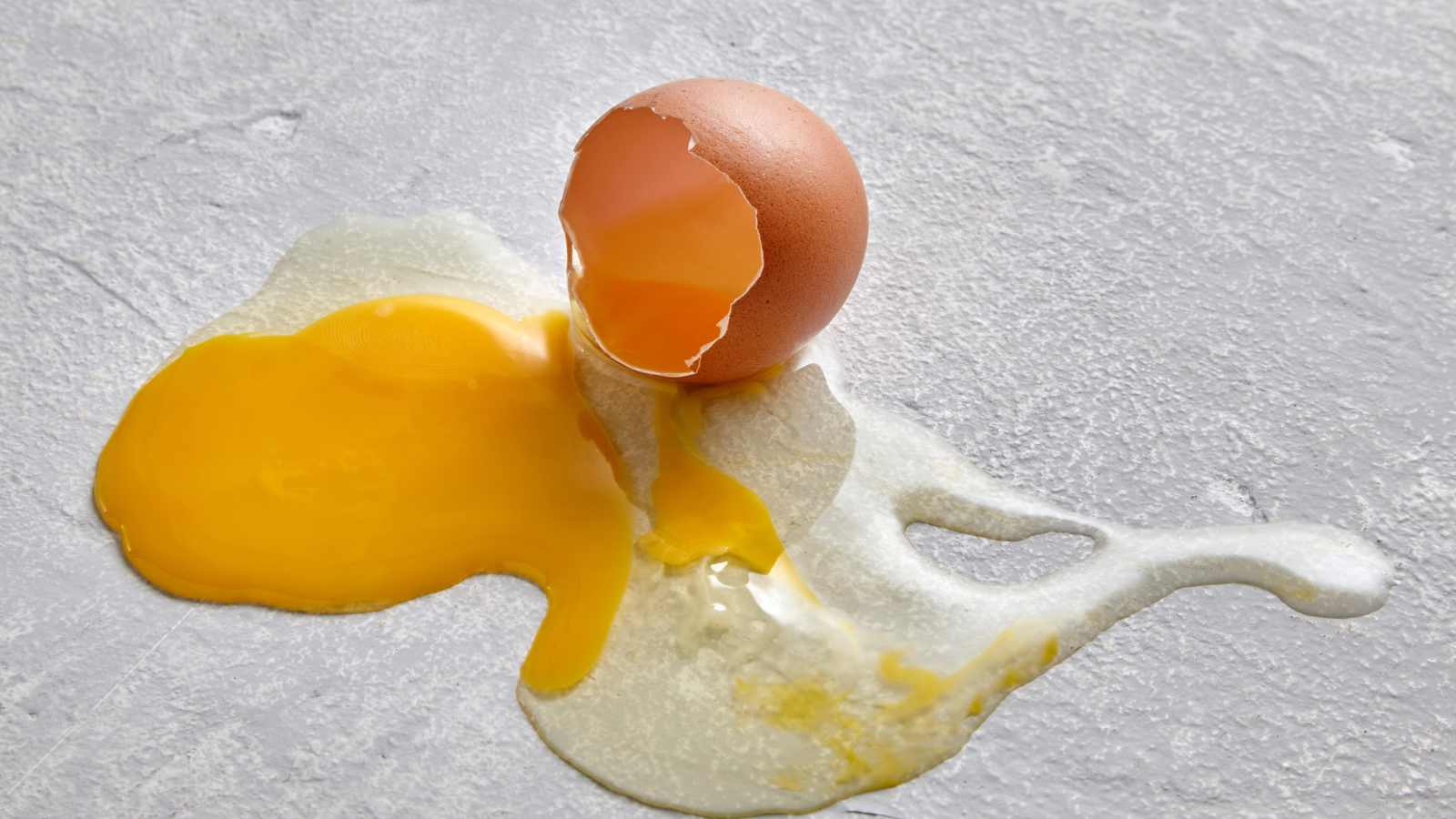
This one is just basic chemistry. If you spill a raw egg on the floor, your first instinct might be to spray it with an all-purpose cleaner. But if that cleaner is vinegar, you’re about to make your life so much harder.
The acid in the vinegar will react with the proteins in the egg, causing it to coagulate into a gluey, sticky substance. It becomes nearly impossible to wipe up. The correct approach is to scrape up as much as you can first, then use a cloth with warm, soapy water.
Greasy Messes: Fighting Fire with Fire
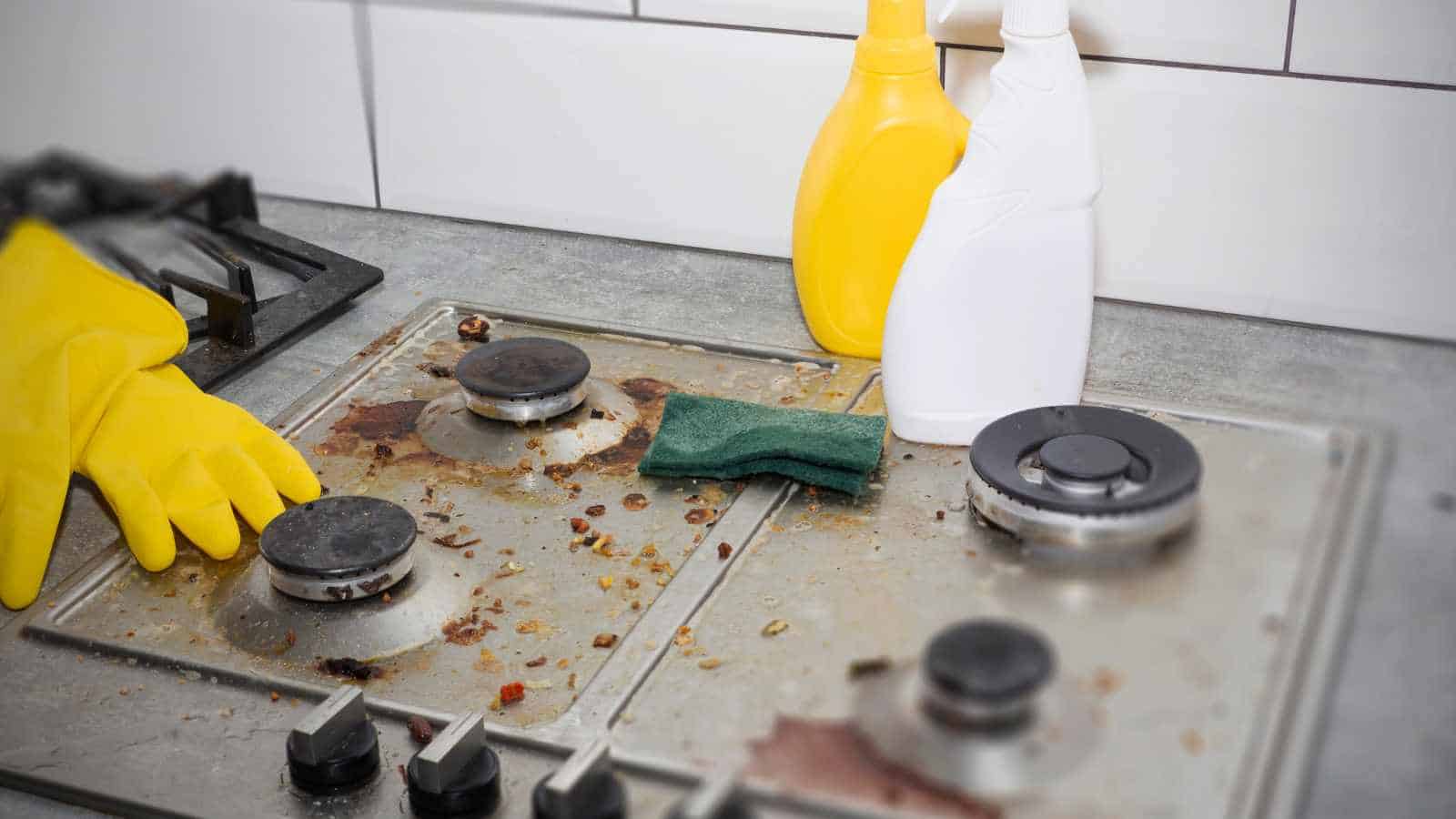
Vinegar is an acid. Grease and oil are also acidic. As a general rule in cleaning, you want to use an alkaline (basic) substance to break down an acidic one. Using vinegar on grease is like trying to put out a fire with more fire—it’s just not effective.
You’ll be scrubbing forever with minimal results. For grease, you need an alkaline cleaner like dish soap, baking soda, or a dedicated degreaser.
Clothes Irons: A Recipe for Internal Damage
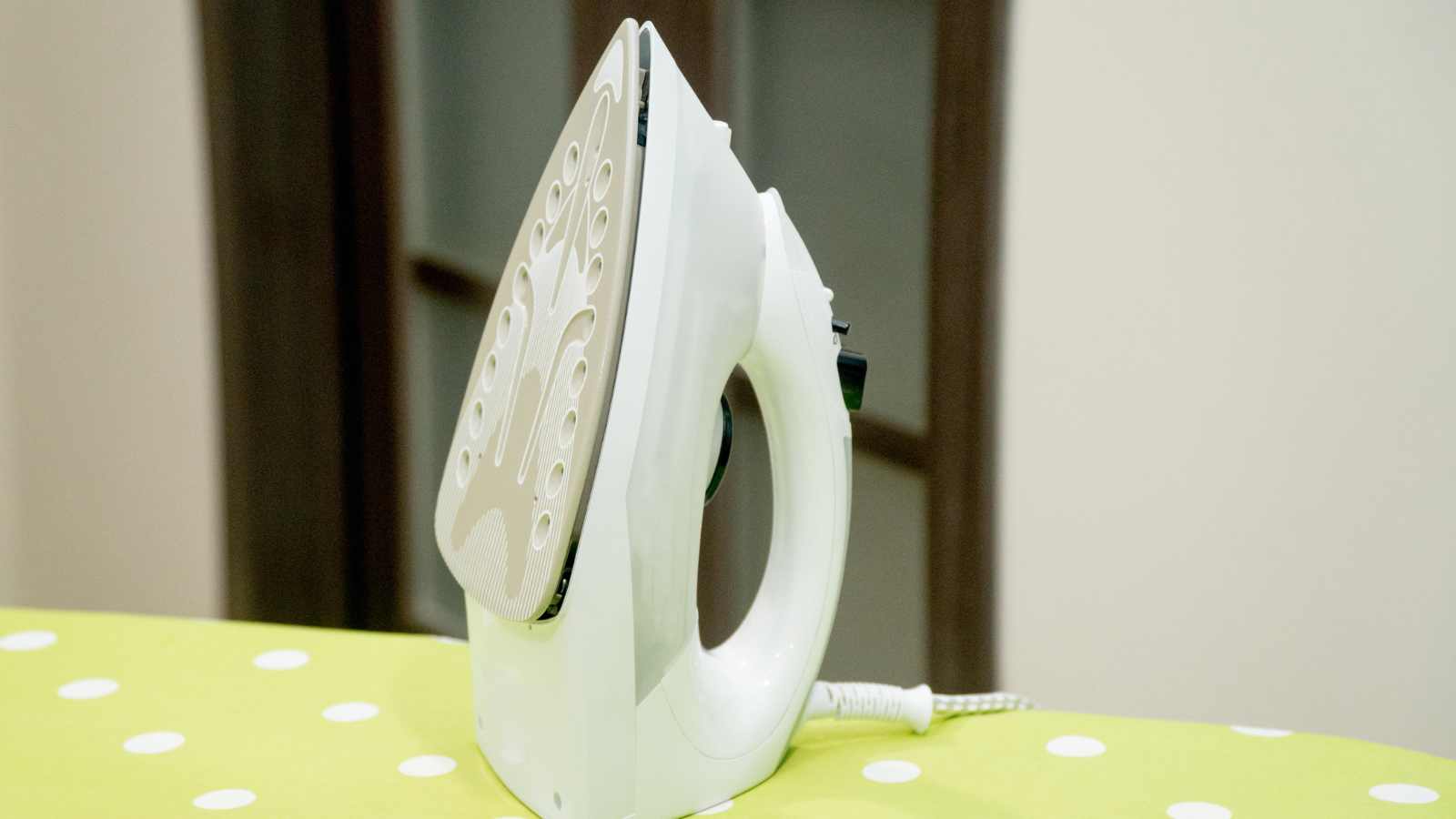
Pouring vinegar into your iron’s water tank to “descale” it is another piece of internet advice you should ignore. The inside of the iron has a protective coating, and the acid will eat away at that lining, corroding the metal heating elements inside.
This can permanently damage your iron. Most modern irons have a self-clean function for a reason. Use it! The manufacturers designed it to clean the appliance without destroying it from the inside out.
Mirrors: Damaging the Backing
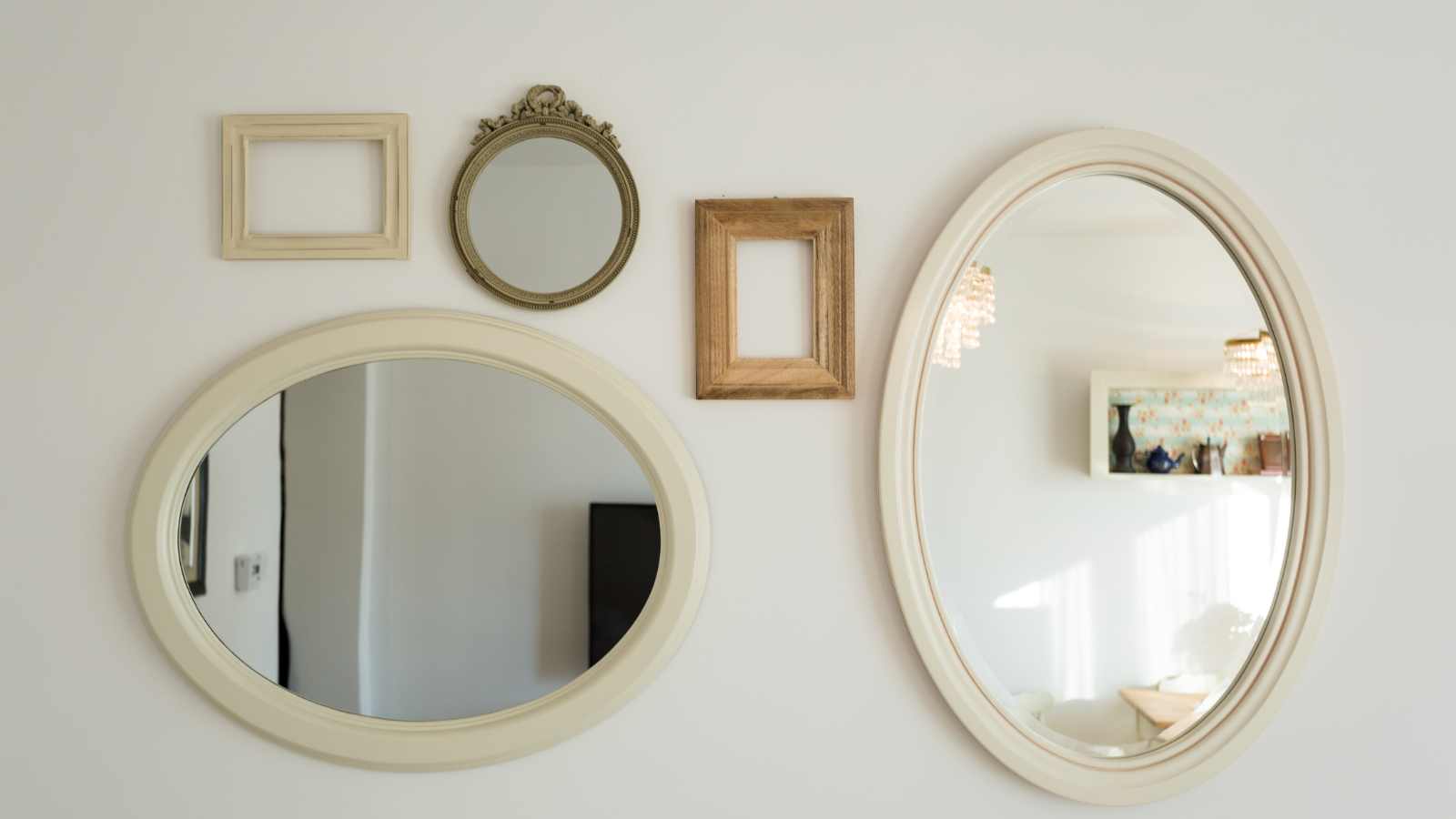
While vinegar is a great glass cleaner, a mirror is more than just glass. It has a reflective silver backing that gives it its, well, reflection. If you spray vinegar directly onto the mirror, the liquid can seep around the edges and get behind the glass.
Once there, the acid will corrode the silver backing, creating ugly black spots or streaks that ruin the mirror. To clean a mirror safely, spray a non-corrosive glass cleaner onto your microfiber cloth, not directly onto the mirror, and then wipe the mirror.
Gold-Plated Fixtures: Tarnishing the Shine
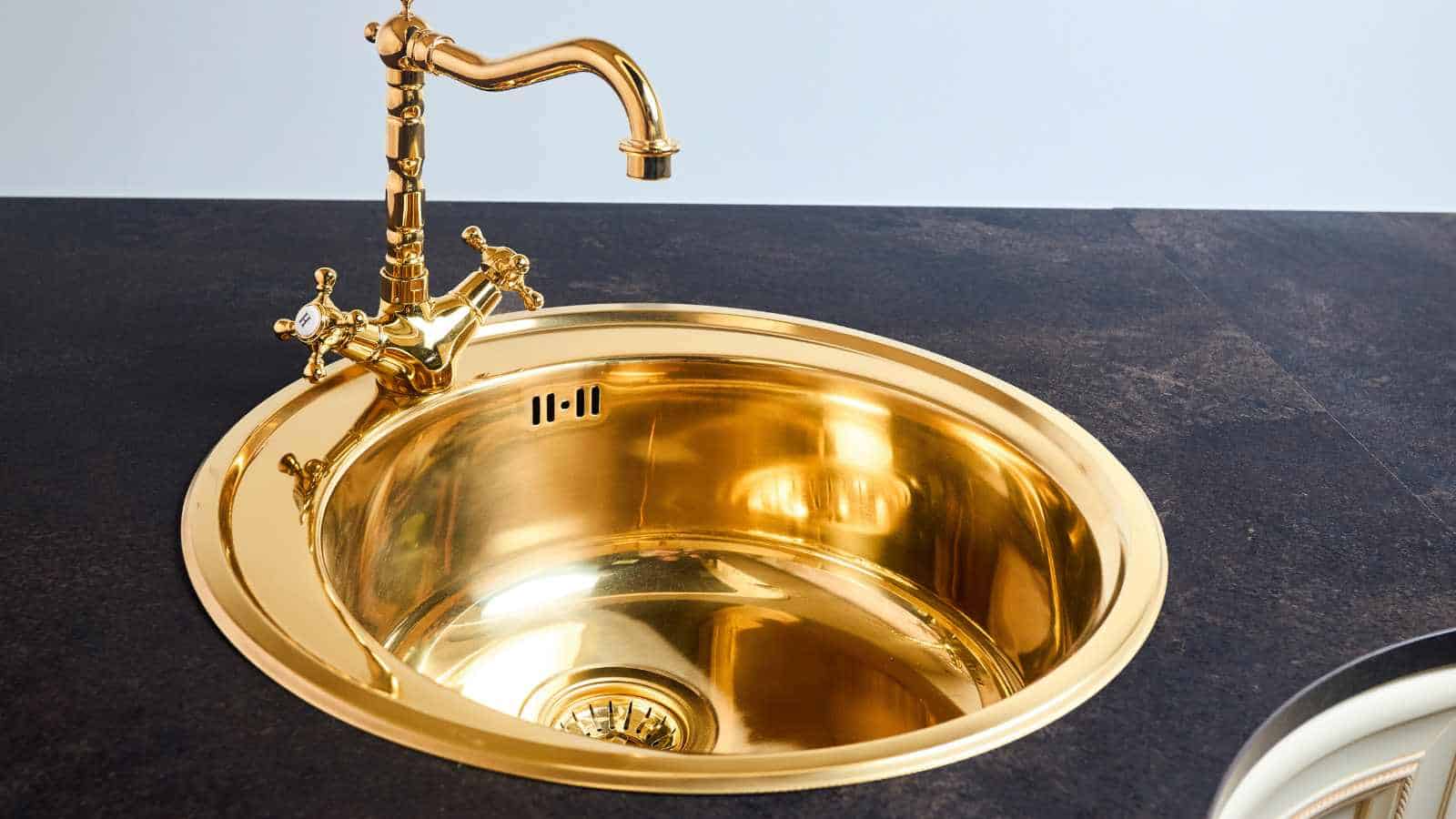
That shiny gold faucet or drawer pull isn’t solid gold (unless you’re way fancier than I am). It’s a thin layer of gold plating over another metal. This plating is delicate and easily damaged.
Vinegar’s acidity is strong enough to wear away the thin gold surface, causing it to tarnish or flake off. For these delicate fixtures, a simple solution of mild dish soap and water is all you need to clean them without causing expensive damage.
Certain Upholstery & Fabrics: A Risky Business
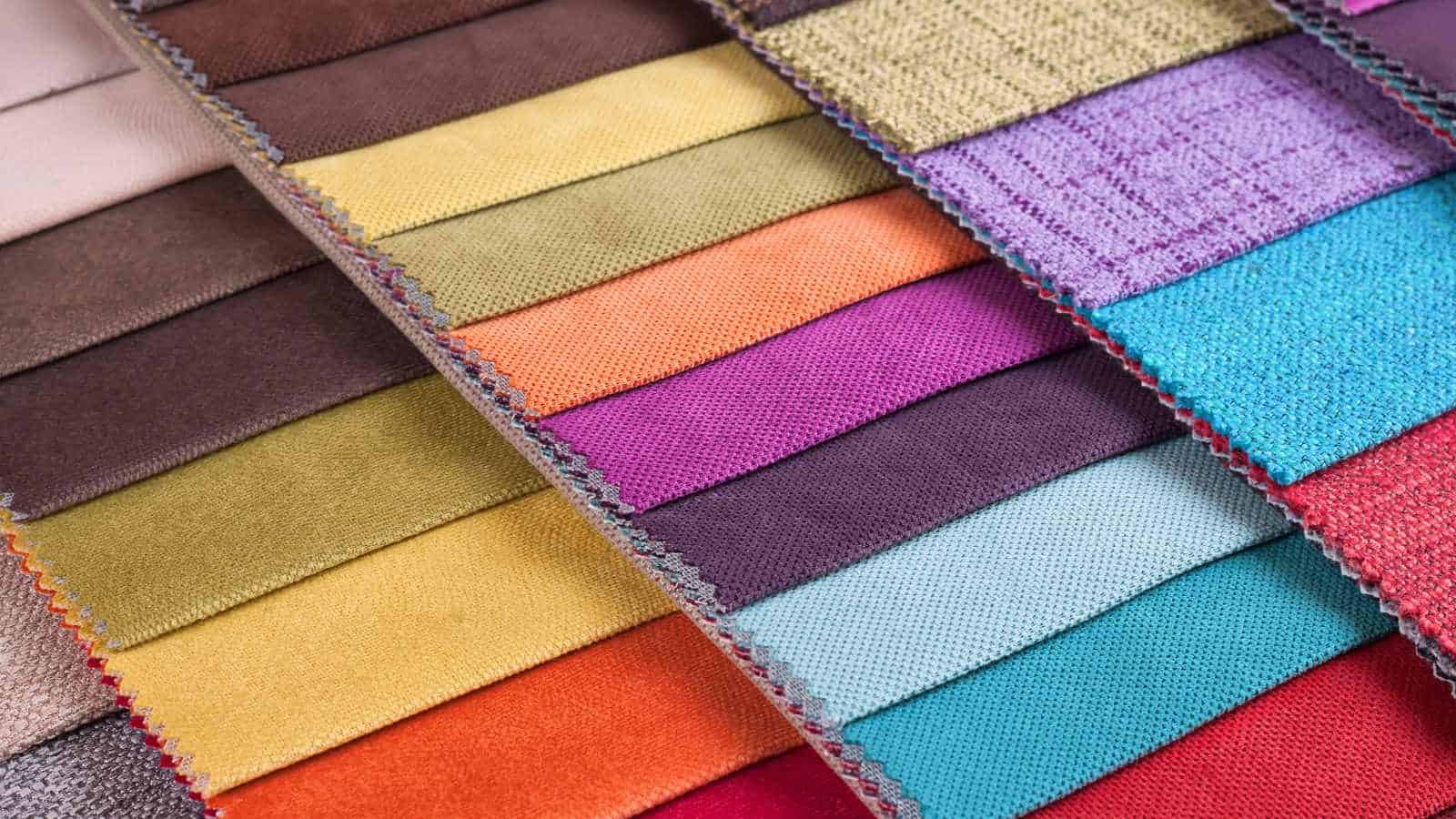
This one is tricky because vinegar can be a great stain remover on some fabrics. However, on delicate materials like silk, acetate, and rayon, the acid can cause fading, weakening, and deterioration. It can also damage any rubber components within upholstered furniture.
Furthermore, you should never use colored vinegars like apple cider or balsamic for cleaning laundry, as they can leave behind their own stains. Unless you know for sure that your fabric can handle it, it’s always best to spot-test in an inconspicuous area first.
Your Health (If You’re a Professional)

This last one is serious. While household use is generally acceptable, vinegar poses documented health risks for professional cleaners who are exposed to it daily, especially in spray form.
A report by PubMed Central found that cleaners face a 50% increased risk of asthma. When you spray vinegar, you’re aerosolizing the acetic acid, making it much easier to inhale. It’s a sobering reminder that “natural” doesn’t always mean “harmless.”
The Takeaway

Look, vinegar still has its place. It’s fantastic for descaling coffee makers, a great window cleaner (just not mirrors!), and a decent fabric softener. But let’s be real, it’s not the magical, all-purpose cleaner the internet hypes it up to be.
Knowing when not to use vinegar is just as important as knowing when to use it. By understanding its limitations, you can avoid costly repairs, protect your belongings, and clean more effectively.
So next time you face a mess, take a moment to think before you reach for that bottle.
6 tips for successful weight loss for women in 2025

6 Tips For Successful Weight Loss For Women in 2025
Successful weight loss for women often calls for an individualized approach, taking into consideration the unique physiological, psychological, and lifestyle factors that influence a woman’s weight. It’s not just about adopting a generic calorie-restricted diet or a strenuous exercise regime. Instead, it encompasses a holistic view of health, including balanced nutrition, regular physical activity, adequate sleep, and stress management.
In this article, we will walk you through a step-by-step guide to help you on your fitness journey and discuss how Ozempic may benefit your weight loss routine.
Why Supersonic Flights Vanished From Our Skies

Why Supersonic Flights Vanished From Our Skies
Every year on August 19th, National Aviation Day celebrates the marvels of flight and the pioneers who made it possible. But as we look to the skies, one question lingers. If we could fly from New York to London in under three and a half hours back in the 1970s, why are we still taking nearly seven today? Supersonic travel was once a thrilling reality. So, what grounded it?







